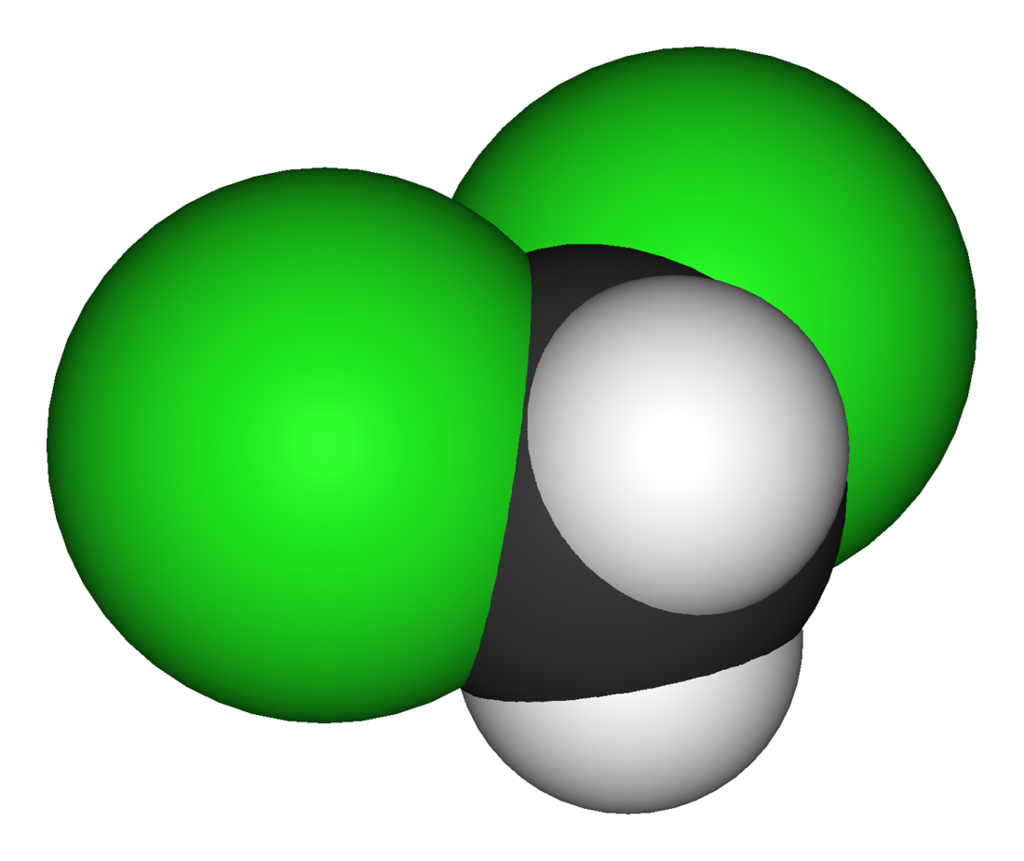Team:Oxford/ouridea
From 2014.igem.org
| Line 1: | Line 1: | ||
__NOTOC__ | __NOTOC__ | ||
{{:Team:Oxford/templates/header}} | {{:Team:Oxford/templates/header}} | ||
| + | {{:Team:Oxford/templates/nav}} | ||
<div class="abcdefg"> | <div class="abcdefg"> | ||
<div class="container cf row"> | <div class="container cf row"> | ||
Revision as of 00:00, 5 August 2014
DCMation: decimating DCM pollution
Dichloromethane (DCM) is a widely-used organic solvent. It is a suspected carcinogen and may cause organ damage through prolonged or repeated exposure, as well as having long-lasting adverse effects on the environment. Current disposal procedures involve incineration, leading to further pollution.
Small-scale use of DCM, for example as the main component of paint strippers, is particularly problematic [1]. Proper disposal procedures are frequently neglected because of the associated expenses and inconvenience, resulting in harmful amounts of DCM being poured down drains, accumulating in waters, where it has a half-life of over 700 years.
Our project aims to develop a safe and simple bioremediation kit based on the bacterium Methylobacterium extorquens DM4. This strain can metabolise DCM via the enzyme DCM dehalogenase, encoded by the gene dcmA. Our DCMation system would allow the untrained user to safely degrade small amounts of DCM. A visual reporter system will signal the absence of DCM without need for specialised equipment, and tell the user when the solution can simply be poured down the drain.
In order to adequately design, develop, and characterise our DCMation system, we have divided the project into four parts. For the extensive modelling aspects of our project, please see the relevant ‘modelling’ tabs.
A) Tolerance Maximisation
Part A aims to report the DCM concentrations tolerated by various bacteria, which is crucial for development, design, and modelling of our DCMation system.
We will first confirm the previously reported tolerance of DCM concentration by M. extorquens. To explore the possibility of using the more lab-friendly E. coli and P. putida strains in the DCMation system, we will also test their tolerance towards DCM.
We will also attempt to evolve the tolerance of M. extorquens, E. coli, and P. putida to DCM and its metabolic products.
B) Biosensor Development
Part B aims to characterise the dcmR/A regulatory system through a combination of modelling and genetic engineering, as well as developing a biosensor for DCM.
The gene responsible for DCM metabolism, dcmA, is regulated by an adjacent gene, dcmR. As this system is currently poorly characterised, our project will establish whether dcmR acts as a repressor or activator. Furthermore, by isolating the upstream region of dcmA, we will determine the as of yet unknown binding site of dcmR.
In order to test the above, we are constructing a DCM biosensor consisting of a translational fusion between dcmR and mCherry.
C) Catalysis Optimisation
Part C aims to improve the efficiency of the DCMation system by improving the catalytic efficiency of dcmA and expanding the system into more lab-friendly bacterial strains.
In order to test for the presence of dcmA, we will optimise a previously reported assay. An attempt will then be made to improve the catalytic efficiency of dcmA by directed evolution.
In order to further explore the possibility of using E. coli and P. putida in the DCMation system, we will express microcompartments in these strains. DCM metabolism has been reported to be toxic to strains other than M. extorquens, so by targeting dcmA into the microcompartments, we are hoping to reduce and contain the buildup of genotoxic intermediates.
D) System Development
Part D aims to bridge the gap between laboratory research and industrial application by development of a novel chemical system.
We are designing and synthesising a biopolymer to coat bacteria-containing agarose beads. This cellulose-based polymer will act as DCM diffusion barrier that accommodates the tolerance of the bacteria to DCM. To limit any potential contamination threats by the DCMation system, we will also attempt to adjust the pore size of the biopolymer such that the bacteria are contained within the coated beads.
[1] MacIsaac, Julia, et al. "Fatalities due to dichloromethane in paint strippers: A continuing problem." American journal of industrial medicine 56.8 (2013): 907-910.
</p>
 "
"
